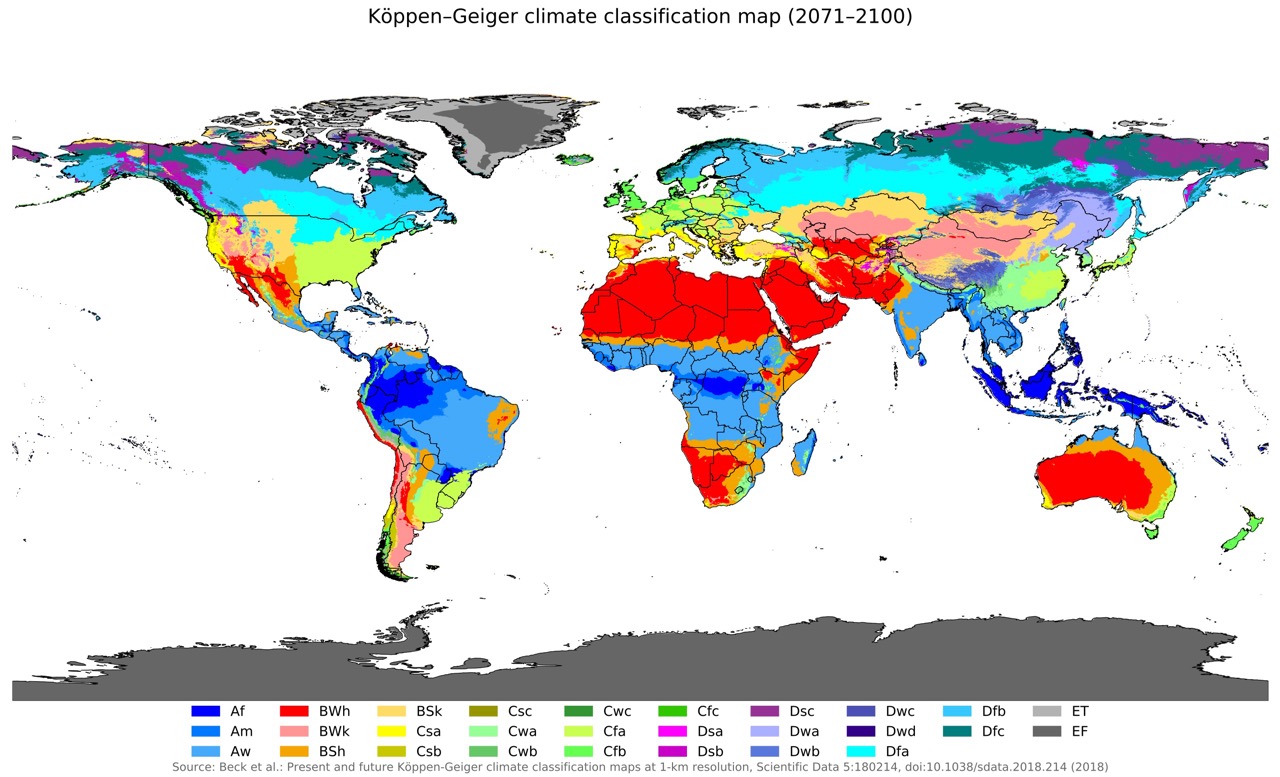Introduction: A Climate for Every Bonsai
Bonsai, a refined art and precise science, requires a deep understanding of each tree's needs to help it thrive. Among the many factors to consider, climate stands out as one of the most influential. The Köppen-Geiger climate classification system, widely recognized for its accuracy, is an invaluable tool for understanding how climate affects bonsai and adapting care accordingly. By better understanding the interactions between tree needs and climatic specifics, bonsai enthusiasts can create environments conducive to their trees' flourishing.
Understanding the Köppen-Geiger Classification
A Scientific Approach to Climates
Developed in the early 20th century by Wladimir Köppen and refined by Rudolf Geiger, this classification is based on measurable criteria such as average temperature, annual precipitation, and its seasonal distribution. The system identifies five main categories:
Tropical: Warm zones with abundant rainfall, ideal for tropical trees that require high humidity.
Arid: Dry climates with little to no rain, requiring specific irrigation techniques for bonsai cultivation.
Temperate: Regions with well-defined seasons, perfect for maples and other species adapted to seasonal variations.
Continental: Areas with cold winters and hot summers, posing specific challenges for winter protection.
Polar: Cold regions where outdoor bonsai cultivation is nearly impossible without suitable infrastructure.

Köppen-Geiger classifications use a three-letter code to represent these climates: the first letter indicates the primary type (e.g., A for tropical, B for arid), the second specifies precipitation characteristics (e.g., w for a dry winter, s for a dry summer), and the third describes temperatures (e.g., a for a hot summer, c for a cool summer). These distinctions allow for a precise understanding of local climate variations, providing a detailed global climate map and enabling optimal bonsai cultivation planning based on specific constraints.

















